
Prof. Scholz Miklas
University of Johannesburg, South Africa

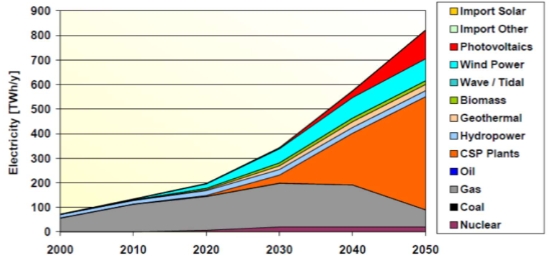
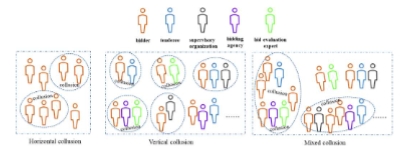
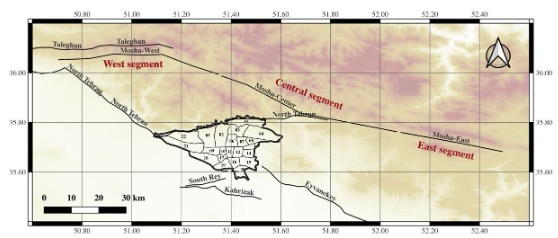
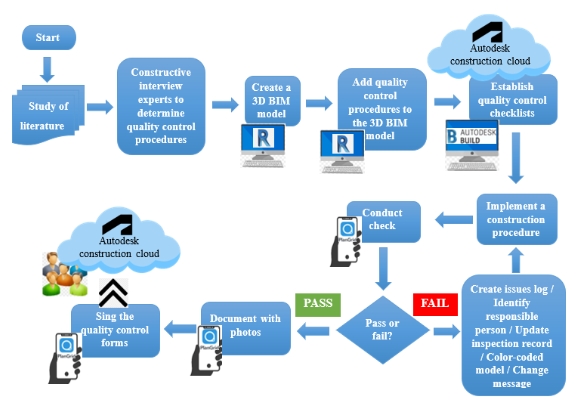

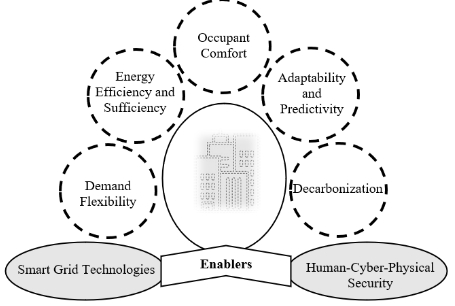
 Open Access
Open Access
Article
Article ID: 1946
by Sajan Preet, Sanjay Mathur, Jyotirmay Mathur, Stefan Thor Smith, Himanshu Saini
Building Engineering, Vol.3, No.2, 2025;
Assessing the performance of a multi-storey building equipped with a mechanically ventilated photovoltaic-double skin façade (photovoltaic-DSF) system during cold weather conditions is crucial. This is because the demand for heating in buildings rises as outdoor temperatures decrease. This study formulates and verifies mathematical models to evaluate the energy performance of a building integrated with a mechanically ventilated photovoltaic-double skin façade (photovoltaic-DSF) system in Jaipur’s cold climate, which is part of India’s composite climate zone. The system was installed and observed during the winter months (December to February). The experimental design utilised a Taguchi L25 orthogonal array, considering variables such as air cavity thickness, air velocity, and photovoltaic (PV) panel transparency. Based on experimental findings, multiple linear regression analysis was used to predict three key performance metrics: The solar heat gain coefficient (SHGC), photovoltaic panel electrical output, and indoor daylight illuminance, all as influenced by the design parameters. The analysis of variance (ANOVA) confirmed the statistical significance of these relationships, and the model demonstrated a strong correlation with field measurements (R2 > 0.90), validating the accuracy of the developed mathematical correlations. The analysis reveals that a photovoltaic DSF system integrated into a multi-storey building, featuring a photovoltaic panel with 50% transparency, an air velocity of 5 m/s, and a 50 mm air cavity, achieves maximum energy performance under cold climate conditions in a composite climate. These insights can help in designing energy-efficient photovoltaic-DSF systems specifically optimised for winter conditions in composite climate zones.
 Open Access
Open Access
Article
Article ID: 2598
by Bo Peng , Zulhazmee Bin Bakri
Building Engineering, Vol.3, No.2, 2025;
This study investigates the effects of water, acetic acid (CH3COOH), and sodium hydroxide (NaOH) treatments on the physical and mechanical properties of corn straw fibers in cement mortar. The use of natural fibers in cement composites offers a promising approach to reducing reliance on synthetic materials and utilizing agricultural byproducts. Chemical treatments like NaOH and CH3COOH improve fiber-matrix bonding, which is critical for enhancing the mechanical properties of the composites. NaOH treatment resulted in the most significant improvements, with surface roughness increasing by 104.8% and compressive strength reaching 52.8 MPa at 1.5% fiber content after 28 days. CH3COOH treatment boosted early-stage flexural strength, achieving 6.75 MPa at 7 days, but its long-term effect was limited. Water treatment showed minimal impact on fiber performance. These results indicate the potential for NaOH-treated fibers to enhance the strength and durability of cement-based materials.
 Open Access
Open Access
Review
Article ID: 2100
by Huda Riaz, Ahmad Riaz, Amna Iqbal, Norheen Amina, Sunera Imtiaz
Building Engineering, Vol.3, No.2, 2025;
Climate change and the urgency of decarbonizing the built environment drive technological innovation in delivering thermal comfort to occupants. Studies have shown that thermal discomfort can lead to a decline in students’ cognitive function, motivation, absenteeism, and a decrease in instructors’ work performance. This article reviews significant changes, developments, and trends in thermal comfort research for educational facilities classrooms. This study summarizes research regarding the importance of environmental comfort in education facilities, different climatic regions, and various parameters that play a vital role in determining thermal comfort. The investigation of the current literature showed that researchers focused on different issues, adopting diverse models and indices to investigate thermal comfort in classrooms. Indeed, even if the environmental conditions comply with standards, in several cases, a prolonged stay indoors affects the health and productivity of students. However, it is important to focus on students’ preferences in different regions, climates, and educational stages to create healthy and human-centered buildings. It is also clear that current research trends mainly focus on cold regions of Europe, while, by educational level, secondary-stage classrooms are the least investigated; thus, further investigation is needed. Therefore, an integrated approach that considers both the positive and negative effects of indoor exposure is needed, including the individual preferences and needs of occupants in the least researched regions, such as Asia and Africa.